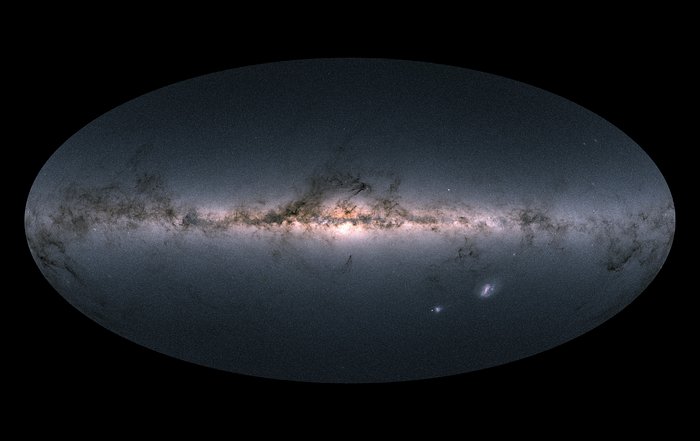Weighing the Galactic disk using phase-space spirals I: Tests on one-dimensional simulations

New paper on arXiv by Axel Widmark; Chervin Laporte and Pablo F. de Salas. https://arxiv.org/abs/2102.08955
We have developed a new method for weighing the Milky Way using the dynamics of stars. Traditional methods for doing so, which have been used for the past century, are based on the assumption of equilibrium—meaning that the distributions of stars are assumed to be in a stable and static configuration. However, in recent years the Gaia survey has revealed deviations from equilibrium, perhaps most famously in terms of the phase-space spiral of the solar neighbourhood. With our method, we use the shape of the phase-space spiral in order to weigh the Milky Way disk. Because our method relies on a time-varying dynamical structure, it demonstrates that deviations from equilibrium are not necessarily obstacles to be overcome but can be regarded as assets from which we can extract useful information. In our paper, we demonstrate the accuracy of our method on simulations. We plan to apply our method to Gaia data in the near future.
